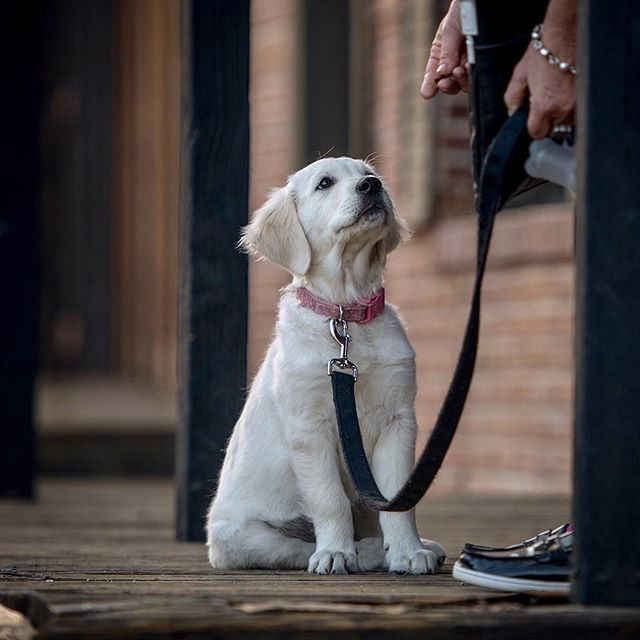While trainers have different techniques for curbing jumping in dogs, they all agree that it is important to control this behavior.
Our loving companions mean no harm when they greet people with joyous leaping. They do not understand that jumping is poor canine etiquette. To them, it is a natural way to express excitement, release pent-up energy and garner attention.
Unfortunately, jumping can also cause fear, annoyance and even injury to its human targets.

Dogs have a natural desire to jump on humans because they prefer face-to-face greetings. Since we are far above their eye level, they leap onto their back legs to investigate us and get our undivided attention.
Many dog owners inadvertently reinforce jumping by giving their dogs exactly what they are seeking. We may not mind our dogs’ leaps when they are small puppies, so we engage in play and shower them with affection. Since the behavior gives them their desired result, they continue jumping into adulthood when it is much less cute and far more dangerous.

In order to train your dog that jumping up will no longer provide the result he wants, you must adopt a strict “four-on-the-floor” rule. That is, do not touch or acknowledge your pup in any way until he has all four paws on the ground. Once his front feet land on the floor, reward him with attention and praise.
Try these training tips:
♦ When you enter your home and your dog begins his enthusiastic jumping, simply stand tall and stare straight over his head.
♦ Do not tell your dog to get down or physically move him off you. Instead, ignore him and turn your body slowly away. When his feet hit the floor, immediately provide the attention he craves.
♦ If he begins excitedly jumping at your touch, discontinue the petting, stand up straight, and ignore him until those paws once again find the floor. When they do, immediately begin petting and praising your dog again.
♦ Repeat this exercise until your dog makes the connection between standing on all fours and receiving your attention.
♦ Now you can begin to teach him the desired action to take during greetings. Try teaching the basic sit command here. If your dog is sitting, he cannot be jumping!
♦ Put on your dog’s leash and attach it to something immovable – try shutting the end in a door if you do not have a piece of furniture heavy enough.
♦ Approach him calmly and reward him if he sits. If he reverts to his excited leaping, silently walk away. The leash will keep him from following after you and continuing to jump.
♦ Wait until he is calm (it might take a while at first!) and try again. Once he is sitting nicely every time, try removing the leash.
♦ Make sure friends and family members are on board with the “four-on-the-floor” rule. Keeping your dog’s leash on during the training and reinforcement phases will help you physically prevent your dog from jumping should he become too excited.

Depending on your dog’s personality, you may also want to try keeping a favorite toy by the front door rather than training him to sit for praise and petting. When you or visitors enter the home, immediately direct your dog’s attention to the toy or throw it for him to fetch.
The ASPCA shared the following tips for what NOT to do when breaking your dog of jumping:
- Do not become overly excited when you greet your dog. The calmer you are, the calmer your dog will be.
- Do not shout at your dog when he jumps up on you or others. Shouting will just make him more excited and cause more jumping.
- Do not try to grab your dog or push him away. This could also lead to more jumping.
- Do not knee your dog in the chest, step on his back toes, grab or pinch his front toes, or otherwise cause him pain or discomfort. Hurting and scaring your dog are not effective training methods.
Teaching your dog not to jump can be challenging. Consider consulting a professional dog trainer or animal behaviorist if you become overwhelmed.
 Toledo, United States.
Toledo, United States.